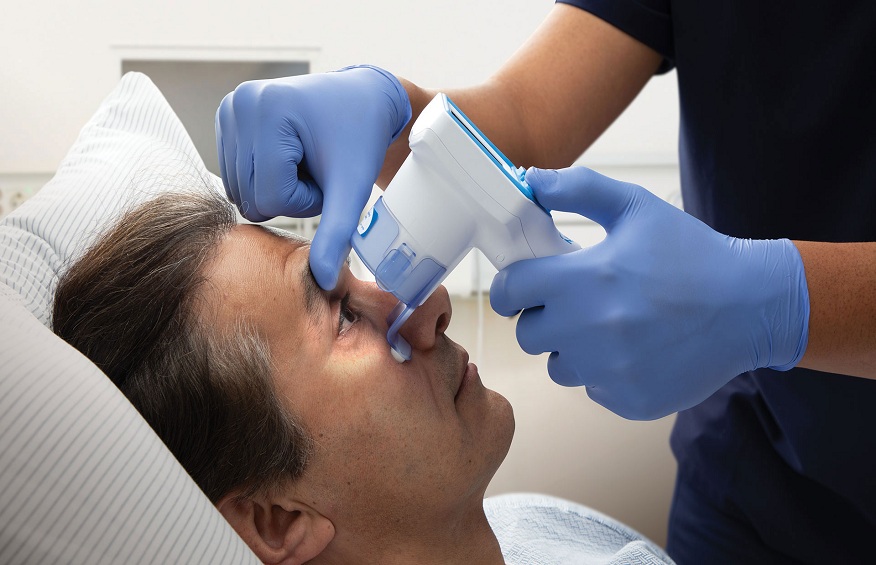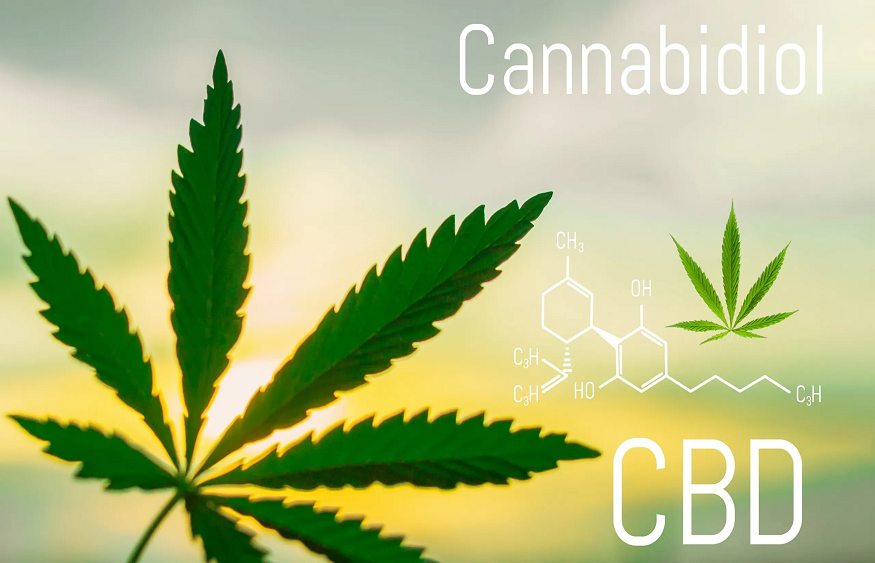Health risks are associated with the consumption of illicit drugs: respiratory depression, intoxication, contamination, overdose, psychological or physical vulnerability…
Drugs info service
Drugs Info Service offers drug users and those around them help, information, support, guidance and advice via the internet or by telephone (calls…
The health risks vary according to the duration of use, the age during consumption, the nature of the products, their composition, their mode of consumption, the quantity consumed and the context of their consumption.
In the short term, the risks are mainly acute poisoning, accidents, violence and unprotected or unwanted sexual intercourse. In the longer term, regular consumption can lead to the installation of an addiction. It can be associated with social and economic difficulties and promote the development of psychiatric disorders.
Several tools can be used to assess the level of dependence / use disorder such as the CAST questionnaire for cannabis, the 11 criteria of the Diagnostic and Statistical Manual of Mental Disorders (DSM 5) created by the American Psychiatric Association or even the 6 criteria of the International Statistical Classification of Diseases and Health Problems (ICD-10) created by the World Health Organization.
Drug consumption: the risks concerning the nature and composition of the products
Each of the product classes exposes to specific risks. Depressants cause respiratory depression, stimulants present cardiac risks. When several products are consumed, the risks are increased. NPS (new synthetic products) are the cause of overdoses because the dose that produces the expected effect is often close to the dangerous dose. The medium and long-term risks are also still often poorly known.
In addition to the toxic effects of the substance itself, the active ingredient content of which can vary greatly, the blending products frequently added to the substances can cause unexpected effects and poisoning.
Drug use: risks regarding modes of contamination
Injecting, smoking, snorting, inhaling or ingesting are all ways of using drugs. Each of these modes of consumption presents specific risks: risk of overdose, risk of infection, transmission of viruses ( HIV , hepatitis C ), injuries or cuts, respiratory diseases, etc.
The infectious risk
The use of drugs by injection or snorting is a vector for the transmission of HIV and hepatitis C. The sharing of consumption equipment but also of preparation for injection or sniffing promotes the transmission of viruses. Intravenous injection remains the main mode of transmission of the hepatitis C virus (HCV) among drug users. The risk of infection due to hepatitis C remains at a high level among users of intravenous drugs (opiates or stimulants). Unlike sharing the syringe itself, sharing preparation equipment remains a fairly frequent practice (for 43% of injectors over the past month according to the Coquelicot 2011 survey) and many intravenous drug users are unaware although it is a risky practice.
Drug use: risks regarding the amount consumed
The overdose, which is potentially fatal, occurs when the substance contains a higher active ingredient content than the user can bear. Overdose mortality is mainly due to heroin and other opiate substances.
Drug use: risks regarding the context of use
The psychological or physical vulnerability of the user can expose him to the risk of discomfort, bad trip. Certain situations (swimming, driving, etc.) can increase the risks (drowning, accidents, etc.).
Drug consumption: risks concerning associated consumption
Associated consumption: a substance user sometimes consumes several legal substances (alcohol, diverted drugs, nitrous oxide, etc.) or illegal substances simultaneously. Combined, the effects of the products can be amplified and lead to more serious health risks.
Drug use: risks in adolescence
In adolescence, substance use can affect brain maturation, which can lead to mental health problems. Cannabis can also affect memory, concentration and motivation.
Drug use: risks regarding pregnancy
The use of illicit drugs during pregnancy carries specific risks for the development and health of the baby. For some substances, these risks are well identified and documented; but for others the data is lacking. It is difficult to assess the effects insofar as the studies often include limited numbers, polydrug use is frequent and the data is generally declarative, which creates a desirability bias that can be particularly strong on this sensitive subject.
Studies have not shown any teratogenic effects, that is to say likely to produce malformations, among illicit drugs. The malformations observed would rather be the result of polyconsumption associating alcohol.
The consumption of opiates, by alternating intake and withdrawal, is the cause of fetal distress that can lead to miscarriage, growth retardation in utero and premature delivery. Close monitoring of pregnancy as well as the taking of an opiate substitution treatment (OST, methadone or bubrenorphine) are recommended for pregnant women who use opiates.
Stimulants consumed during pregnancy present the same risks, to which are added that of retro-placental hematoma for cocaine and crack, and of pre-eclampsia for MDMA and amphetamines. At birth, the children of women who use drugs may suffer from a newborn withdrawal syndrome which will be well taken care of by the healthcare teams.




